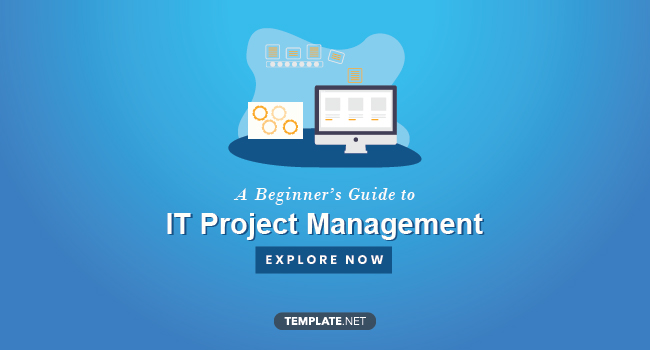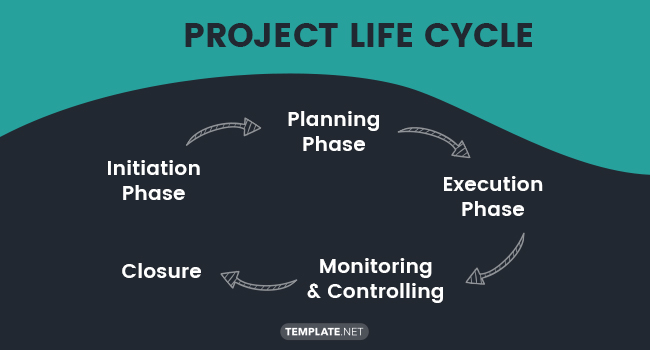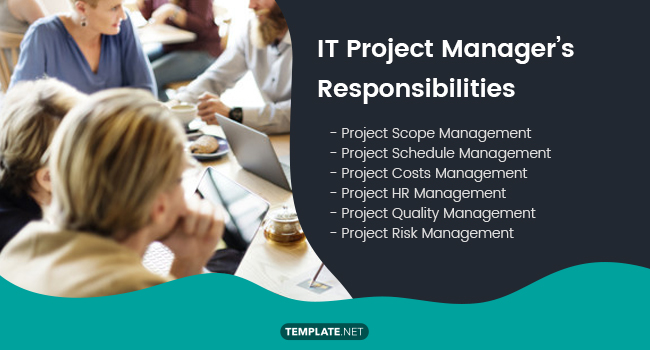IT Project Management – A Beginner’s Guide
It was during the 19th century when technology started to boom. Years have passed until today’s electronic age. The years of advancement have caused businesses to be technology-reliant. Google, Microsoft, IBM, and Adobe are only a few of the IT companies that are ceaselessly having their name on top in providing IT services and software products to the market. If you are starting a business and included project management in your business plan, then you need to be aware of how to adapt your projects to the rapid technology changes. Always have in mind that an effective IT project management must stimulate the motion toward progress. You must know-how, so you know why the need.

IT Project Management – A Beginner’s Guide
What is IT Project Management?
IT project management is the application of what is in the IT project plan within a set timeline. It should work well with the project, including its scopes and resources. This makes sure that all the project activities work jointly with the project requirements. The success of the project management comes visible when there is growth along with project attainment.
On the other hand, mid-project upgrades are some of the challenges that IT project managers face in dealing with IT projects. That is why there is a need for you to set alternatives to manage this kind of a challenge to keep the project flow at your intended pace.
Project Life Cycle

Effective project management follows a process. These are as follows:
Initiation Phase
In the realm of business, you need to contain the best resources that you have before you start doing or making way to a project. First, you need to define a definite purpose for your project. Then, you check its feasibility at the extent of your reach. The factors that you should look forward are relevant factors, including both the technical and legal aspects of your project. The last is to indicate the potential and probabilities of a project to the market.
Planning Phase
If you think you had enough reasons to pursue your project, you now start planning. In this phase, you prioritize setting your goals and defining your deliverables. But before you put much focus on that, you have to recognize first the scope of work. Then, set a budget, or an estimate perhaps. If you have set all your resources, then plot all the activities at its appropriate schedule. You collaborate with your colleagues regarding this and conduct an assessment of possible lapses and risks that you might encounter in the future.
Execution Phase
After an extensive assessment, you now apply everything that comprises your project management. This phase might appear easy to you, but its quality will depend on how you planned for it. To lead this into a success, you need to be methodical and be focused on what to do in a period.
Besides, there are cases that you can work for it alone or with a team. If you have the latter, make sure that there is unison in all your actions. You ensure that each member of your team knows where to focus and what to nail.
Monitoring and Controlling
To secure quality in all your executions, you need to monitor and control every measure you and your team take. In this phase, you have to prepare and present a report presenting the entire performance that defines the project’s strengths and the weaknesses and your implementation for it.
There is a need to determine these factors to either control risk or to improve potential from it. This phase pays attention to the direction that the overall tasks are going. This phase will always take charge of all activities and its cycle in the business. This checks if the project is new to the prospected performance measurement baseline.
Closure
This is the last phase of the project management, giving you the chance to finalize the deliverable you got. The approval of this project closure must only happen when all the project plan and scope are attained. This should develop an agreement between the project basis and results. If you keep a checklist with you, the easier for you to check them all out.
IT Project Manager’s Responsibilities

IT is a broad field with a variety of elements. As a project manager, you need to be versatile to all the tasks such as web development and other IT services that the position and the business demand from you.
Project Scope Management
The essential of a project manager in a business lies in managing the project scope. As the person-in-charge, you must have a good eye, whether a precise process maps you toward your goal. You need to weigh which among the procedures you set need extensive attention and not.
Project Schedule Management
Other than defining the scope of the project, scheduling is also a part of a project manager’s task in the company. He/she needs to be methodical enough to plot a responsibility to its specific schedule. Since a schedule is a time-table, this should be strictly followed.
Project Costs Management
As an IT project manager, it is your responsibility to keep the project on budget. You must take into account the expenses that are expected from this project. You typically estimate, allocate, and control the costs of your project.
Project HR Management
An IT project manager also functions as a project human resource specialist. This means that he or she is responsible for managing a project team selected out from the company’s core values and competencies. This professional has to implement regulations that structure the entire team’s responsibilities.
Project Quality Management
This is one of the most crucial responsibilities that a project manager does. He or she ascertains that there are quality and weight in every activity that a project comprises. The project must have contained three processes, namely quality planning, quality assurance, and quality control. Before a project be set as finished, this should hold a passing quality from the company’s set of standards.
Project Communication Management
As an IT project manager, you are entitled to maintain communication and rapport among team members and stakeholders. You must communicate internally and externally. You manage and, at the same time, control the disposal of project information.
Project Risk Management
Other than the mentioned responsibilities, a project manager has to be resilient and, at the same time, resourceful in finding ways on how to mitigate possible risks and manage when it happens along the way. When improperly handled, a risk will mark adverse impacts on your project, the plans, quality, budget, and the timeline. When not addressed, this may prolong the project from the interval set.
Project Stakeholder Management
Stakeholders make a project possible. As a project manager, it is your task to identify them then analyze their expectations and needs. After that, you find time to engage and communicate with them. Good stakeholder management is healthy project management. To keep their interests in your project’s outcome, you have to feed them with it.
Project Integration Management
All mentioned responsibilities fall into one task, which is to integrate. The IT project manager must incorporate all the project aspects into a smooth flow of a plan. He or she usually develops, manages, assesses, and then closes a project at hand.
IT Project Management Methodologies

In every plan, there is a method. In every method, there is a set of rules. Knowing the complex business nature of IT companies, rules clear its way there.
Waterfall Methodology
The waterfall methodology is the pioneering model of project management and the simplest and easiest method initiated. This applies the logic of letting one phase finish before moving on to the next. The result of each phase will serve as the input of the next and so on. Its process flows downward, giving you a complete result that does not overlap others.
Hybrid methodology
This is the exact opposite of the waterfall methodology. If the previous highlights a one-at-a-time procedure, this is highly flexible. This approach opens your project management to possible changes and gives you the chance to address each aspect as to how it should be. This method gives you the freedom to seek outside help other than the hierarchical type.
Critical Path Method
If the two mentioned methodologies focus on the steps, this method centers on determining what activity has the shortest and the longest length of time for completion. This enables you to have a concrete time-frame for every activity you include in your project management, determining the critical ones from others. This is to make sure that a specific activity does not cause a delay when not performed.
Use of IT Project management Tools and Software
It’s true, IT project management takes time, which is not practical in today’s fast-paced environment. The good thing is you may now use software to give you an overview of your plan, allocation of your resources, and your schedule.
You are left with lots of options on what software to apply. The challenge is on how to determine goodness and quality from each. An IT project management software or tool has to contain access and functions on the fundamental aspects of project management. You check its given feature and seek benefits from each.
Conclusion
The rampancy of IT businesses nowadays is a big challenge for all on how they can make a name in the industry. Other than that, the rapid growth of technology in businesses results in complex projects. To address complexities comes project management.
There are different ways on how to come up with a management plan. As long as you know your purpose of doing, you are aware of your resources, and you know the probabilities of a project, you may structure yours properly.






